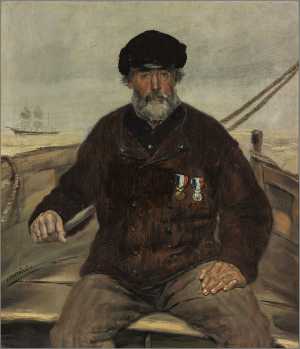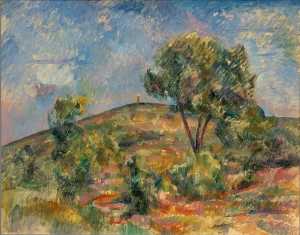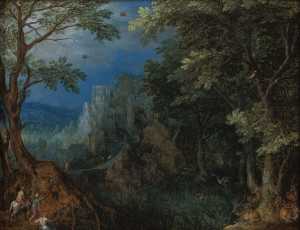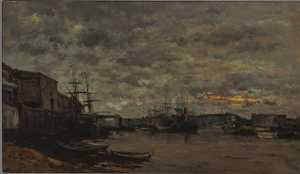
W. van der Vorm (1873-1957)
The successful Rotterdam businessman Willem van der Vorm collected widely and in quantity. His first purchases were mainly works of the Barbizon and Hague schools, but as time went by he also bought paintings by Dutch and Flemish old masters and French Impressionists.
Director Dirk Hannema suggested to Van der Vorm that he might acquire various masterpieces for the museum with Van der Vorm’s financial support. Among the purchases were ‘The men at Emmaus’ by Han van Meegeren (it was originally thought that it was a painting by Johannes Vermeer), ‘A Grey Horse in a Landscape’ by Albert Cuyp and Rembrandt’s ‘The Man with the Red Cap’.
In 1939 Van der Vorm was closely involved with the founding of the Stichting Museum Boymans - a private initiative that ensured that collectors could gift their works to the foundation and not to Rotterdam City Council. He placed his own collection in the Stichting Willem van der Vorm.
Van der Vorm’s house, where he exhibited his collection, was open to the public. Rembrandt’s ‘Portrait of Aletta Adriaensdochter’ and ‘by Charles-François Daubigny were two of the masterpieces on view. When the building had to make way for the construction of a new metro line in 1972, the collection was transferred to Museum Boymans on long-term loan. It has been on permanent display in its entirety ever since.












